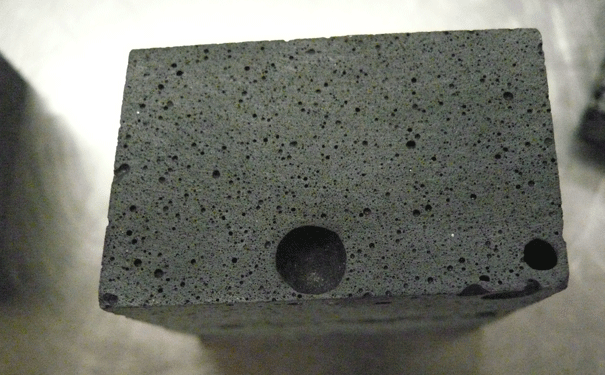
Renewable energy technology from Earth could be used to power a base on the moon. Image: Shutterstock
Thermal energy could be the key to powering a futuristic moon base.
One of the challenges for exploring and colonising the moon is generating enough power. Scientists have been considering using photovoltaic cells, nuclear energy or fuel cells, but these are expensive, as it requires transporting heavy materials.
University of New South Wales student Aaron Bonanno has suggested using solar thermal energy, which can be converted into electricity. “I considered the terrestrial renewable technology of high temperature concrete solar thermal storage and redesigned it for use on the moon,” he said.
Solar energy is an attractive option, but the moon has a 336-hour long night, making it difficult to constantly supply energy from the sun. Bonanno’s plan involved using lunar soil to create a storage medium for heat, which would then be able to supply energy across the lunar day and night.
“The heat would be extracted by the use of a gas found on the moon or one from earth and stored by concentrating sunlight onto the brick during the day,” he said.
As moon dust is not available on Earth, he sourced basaltic dust from a quarry on the Central Coast to test his theory. “By mixing different particle sizes of basalt powder we created a simulant that mimics the physical properties of lunar soil,” he said.
By sintering the simulant in a furnace at over 1000 degrees Celcius, he was able to create bricks from the dust. A reflective cover could then be used to insulate the blocks, allowing them to retain energy through the lunar night.

One of the basalt dust bricks. Image: Aaron Bonanno
“In theory, because there is no atmosphere on the moon, the only form of heat loss from the heated brick would be radiative,” Bonanno said. “If a low reflectivity cover is used this can reduce the heat loss significantly, enabling the retention of heat in the brick for an extended period.”
By focusing on resources that would be available on the moon, such as solar energy and moon dust, he alleviated the need for a constant resupply of materials from Earth. The bricks could also be used to keep lunar habitats at a stable temperature and provide heat for industrial applications.
This research earned Bonanno the best undergraduate paper at the Earth and Space 2012 Conference.






